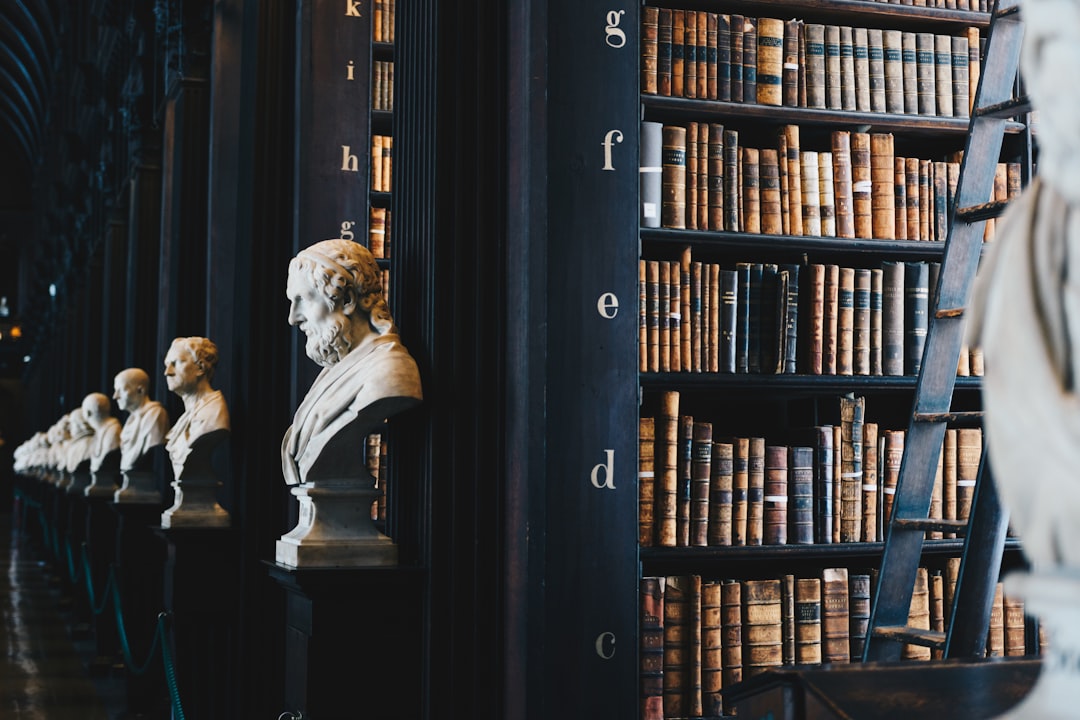Strategic lighting design for law offices blends functionality and aesthetics, with key considerations including energy-efficient LED bulbs, task lighting, and ambient fixtures. Tailored approaches based on work areas ensure productivity and client comfort. Upgrading to LED lighting, smart systems, and motion sensors promotes energy efficiency. Prioritizing ergonomics and visual comfort through proper lighting and ergonomic law office equipment minimizes eye strain and fatigue, enhancing productivity and client satisfaction.
In today’s digital era, proper lighting is not just an aesthetic concern but a critical factor in enhancing productivity within law offices. This article guides you through the essentials of illuminating law office spaces, offering tailored lighting solutions for diverse work areas. We explore energy-efficient practices and the importance of ergonomics to ensure visual comfort for lawyers, ultimately optimizing their workspace and boosting efficiency with strategic use of law office equipment.
- Illuminating Law Office Spaces: The Basics
- Choosing Lighting for Different Work Areas
- Energy Efficiency in Legal Practices
- Ergonomics and Visual Comfort for Lawyers
Illuminating Law Office Spaces: The Basics
Illuminating law office spaces requires a thoughtful balance between functionality and aesthetics, especially considering the critical role that proper lighting plays in enhancing productivity among legal professionals. Well-designed lighting systems not only ensure clear visibility for reading documents, researching cases, and meticulous work but also contribute to a calming and focused environment conducive to deep concentration.
Key considerations when selecting appropriate law office equipment for lighting include choosing the right bulb types (LEDs are energy-efficient and offer consistent, non-flickered light), installing task lighting near workstations for precise focus, and incorporating ambient lighting fixtures strategically to create a balanced, inviting atmosphere that complements the work being done. By prioritizing these factors, legal practices can cultivate a space that is both productive and aesthetically pleasing, fostering an environment where clients feel welcomed and attorneys can excel in their professional endeavors.
Choosing Lighting for Different Work Areas
When designing lighting for a law office, it’s crucial to consider different work areas and their specific needs. Reception areas benefit from warm, inviting lighting that enhances client interactions while keeping a professional tone. Task areas like legal research or document review require brighter, more focused illumination to reduce eye strain and improve productivity. Conferencing rooms should offer adjustable lighting options for versatile use, whether it’s a bright discussion or a more subdued presentation.
Choosing the right law office equipment includes selecting lighting fixtures that cater to these variations. LED lights are increasingly popular due to their energy efficiency and ability to provide precise illumination. Task lamps can be positioned near workstations for direct, adjustable lighting. Overhead lighting fixtures with dimmer switches allow for easy control over ambient light levels. Integrating these considerations ensures a comfortable, productive environment where attorneys and staff can excel in their work without visual fatigue or distraction.
Energy Efficiency in Legal Practices
In today’s digital era, energy efficiency is not just an environmental responsibility but a practical necessity for law offices. By implementing energy-saving measures, legal practices can significantly reduce their operational costs and carbon footprint. One key area to focus on is lighting—a critical component of any law office equipment. Upgrading to LED lighting is a game-changer; these lights are known for their longevity and efficiency, consuming far less electricity than traditional incandescent bulbs.
Moreover, smart lighting systems can be installed to automatically adjust brightness based on natural light availability during the day, further reducing energy usage. Law offices can also benefit from motion sensors that activate lighting only when needed, such as in conference rooms or areas with high foot traffic. These simple yet effective strategies not only contribute to a more sustainable working environment but also create a pleasant ambiance for clients and staff alike, enhancing productivity and overall satisfaction within the office space.
Ergonomics and Visual Comfort for Lawyers
In a law office, where long hours and intense focus are common, ergonomics and visual comfort should be top priorities. The right lighting setup plays a significant role in enhancing productivity among lawyers and legal professionals. Proper illumination reduces eye strain, which is crucial for maintaining concentration and preventing fatigue. By adjusting the intensity and direction of light sources, such as task lamps or overhead lighting, individuals can create their ideal working environment, ensuring comfort and minimizing headaches.
Ergonomic law office equipment, including adjustable desks and chairs, further contributes to visual comfort by allowing users to customize their workspace. This customization enables lawyers to position themselves optimally for reading, writing, and viewing digital screens, reducing the risk of repetitive strain injuries. Combining thoughtful lighting design with ergonomic furniture ensures a productive, comfortable, and healthy work environment for legal professionals.
In conclusion, optimizing law office lighting goes beyond aesthetics; it’s an investment in productivity, energy efficiency, and lawyer well-being. By understanding the basics of illumination, selecting suitable lights for diverse work areas, prioritizing energy efficiency, and focusing on ergonomics, legal practices can create environments conducive to focused work and client interactions. Upgrading law office equipment, particularly lighting, not only enhances visual comfort but also contributes to a more sustainable and profitable practice.
